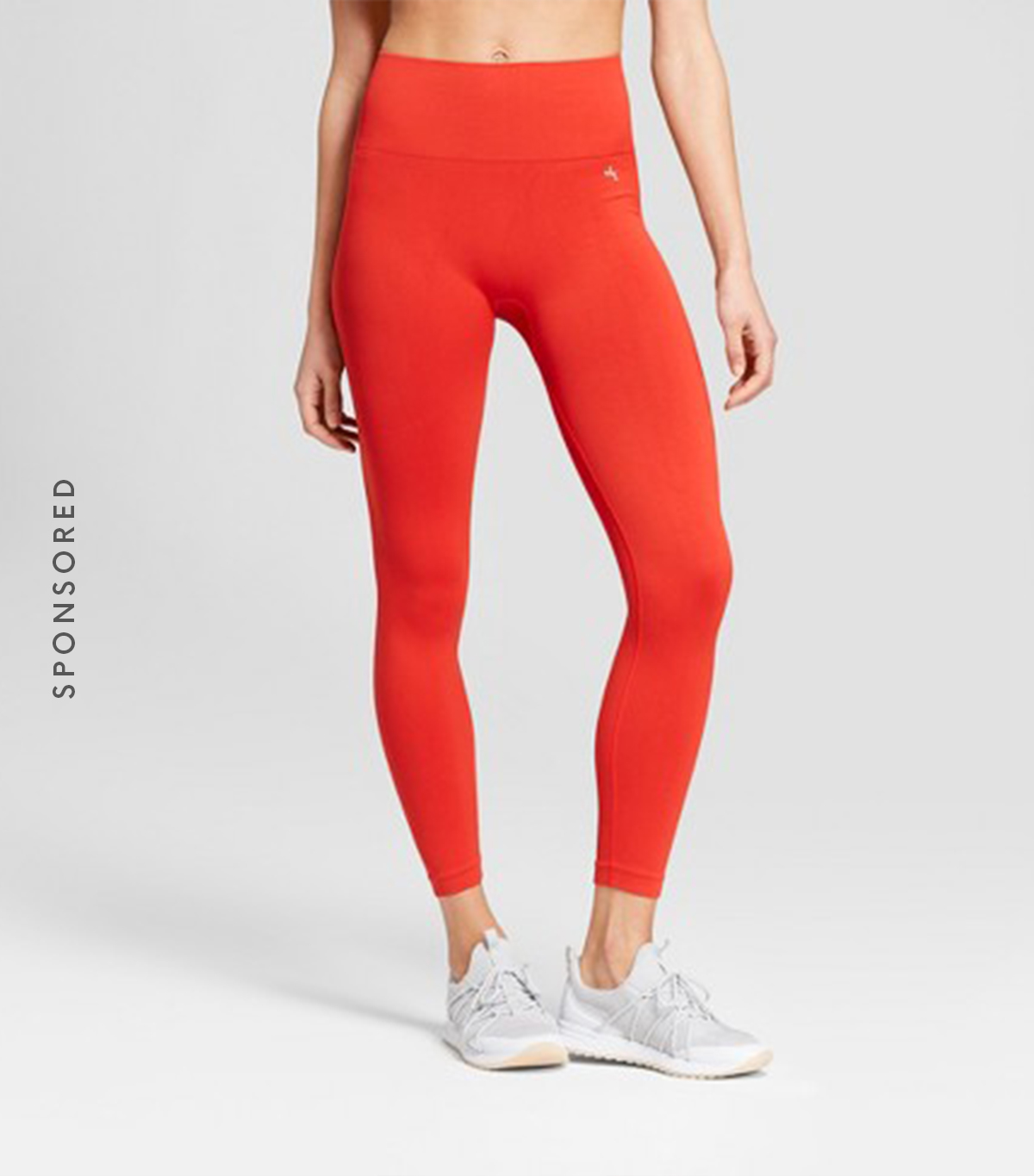Is It Bad to Work Out Every Day? We Asked a Fitness Expert
No matter if you're training for a marathon or if you're just trying to live a healthier lifestyle, knowing when, how long, and how often you should be working out is easier said than done. Sure, we can all tune in to our own bodies, judge how they're feeling, and thus adapt our fitness routines accordingly, but it's hard not to second-guess ourselves. Are we feeling too tired and worn out to train today or are we just lacking the motivation we need to hit the gym? Are we pushing ourselves to our goals or overtaxing our bodies by amping up the consistency of our workouts? They're simple questions, but the answers are quite complex.
That's why we reached out to a couple of fitness experts to find out more about the "ideal" number of times we should be training each week. As it turns out, the answers to our questions are even less straightforward than we initially thought.

How to Find Balance
Here's the thing. The consistency with which you work out depends on a lot of factors. According to Jacqueline Kasen, body architect at Anatomy in Miami Beach, "There truly isn't an exact answer on how many times each week someone should or shouldn't be working out. It all depends on the person's goals and what they are looking for to achieve. The workout should be personalized specifically to their goals and what they are looking to gain within their workouts. Everyone is different." Clearly, someone who is training for a marathon will exercise with a different consistency than someone who runs two miles every now and then to stay in shape. In general, the loftier your goal, the more consistent you have to be.
Aside from your specific goals, the consistency with which you should work out depends on the type of workout itself. Take it from Christine Bullock, fitness and lifestyle expert, creator of Evolution 20 and Super Shred, and co-creator of Kayo Better Body Care. "If you perform strength training by splitting muscle groups per session, such as arms and shoulders Monday with legs on Tuesday, you can get away with training five to six days in a row. This is because you're inherently giving your muscle groups a day off while working the other muscle groups." Things change, though, if you're a runner, biker, or cardio lover. "If you enjoy high-intensity and cardio training, these typically work all the major muscle groups of the body and require more days off depending on the intensity of the workout," she says. "Try to limit yourself to performing intense full-body workouts to every other day. This doesn't apply to a slow run or lighter cardiovascular activity. Your cardiovascular system doesn't need extended recovery time like your muscles do."
How to Tell If You're Overtraining
All of us want to realize our potential and ensure we're doing everything we can to promote better health, which is why we build ourselves a fitness routine. Just know that doing too much is just as harmful as doing too little. In other words, working out too often can be damaging to your body just like working out too little. "Recovery is as important as your workout. In fact, you could end up slowing your progress if you don't give your muscles enough rest," Bullock says. "After intense strength or cardio training, your body needs time to repair tissues that have broken down and restore glucose storage. When your body rests, it's actually being super productive. During the rest periods is where you gain the results you worked for in the gym."
So embrace rest days and be honest and transparent with yourself. If you're feeling physically tired and run-down, don't think of it as a failure in an "I should have pushed through this feeling and snuck in some cardio" sort of way. In fact, acknowledge it as a success, knowing that your body is trying to reap the rewards from your previous training sessions. "If you're a person who gets antsy sitting on the sofa all day, recovery time doesn't have to be completely sedentary (although that's fine too)," says Bullock. "Light activities like walking are fine to do every day."
If you're still not 100% sure whether your body needs rest or movement, pay special attention to your muscles and joints. "If you're overtraining, you'll feel it," Bullock says. "You will go from feeling acute soreness to chronic pain in joints and muscles, you can have difficulty sleeping, and it can lead to some major injuries. In addition, if you don't allow the body time to reload its energy, all your efforts can backfire and you may stop seeing results."
Kasen agrees. "With overtraining, that is when you will start to feel some aches or pains in your joints, and unfortunately, it can lead to injuries. It is very important to have a training program that is well balanced that has just as, if not more, importance on the recovery aspect versus the workouts." She recommends incorporating foam rolling with stretching, use of a cold plunge, or light Pilates or yoga into a rest day. "You will know if it's too much."
The Consensus
The consensus seems to be to listen to your own body, because if you're honest with yourself and receptive, then you'll know. It also helps to see a fitness expert for a consultation. They can help you develop a personalized routine. With that being said, there are some guidelines you can follow on your own. "A good exercise plan should mix workouts with strength training and cardiovascular training," Bullock says. "If you plan the workouts correctly with some active recovery days, you can work out four to six days a week—either taking a day of rest after intense exercise or taking a walk or light jog on the day after an upper-body workout."
Kasen says the same. "Do they have any orthopedic issues, are they looking to lose or gain weight, are there any health concerns within their family history, etc.? If there are 'no' issues, which is extremely rare in 2018, I would suggest five times a week in regard to resistance training exercise and some conditioning, and implement recovery work within each session."
On that note, learn how to take the perfect rest day.
Disclaimer
This article is provided for informational purposes only and is not intended to be used in the place of advice of your physician or other medical professionals. You should always consult with your doctor or healthcare provider first with any health-related questions.

Kaitlyn McLintock is a Beauty Editor at Who What Wear. She has 10 years of experience in the editorial industry, having previously written for other industry-leading publications, like Byrdie, InStyle, The Zoe Report, Bustle, and others. She covers all things beauty and wellness-related, but she has a special passion for creating skincare content (whether that's writing about an innovative in-office treatment, researching the benefits of a certain ingredient, or testing the latest and greatest at-home skin device). Having lived in Los Angeles, California, and Austin, Texas, she has since relocated back to her home state, Michigan. When she's not writing, researching, or testing beauty products, she's working through an ever-growing book collection or swimming in the Great Lakes.



